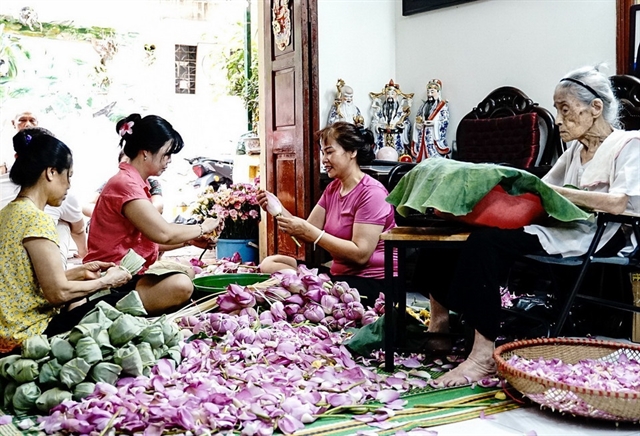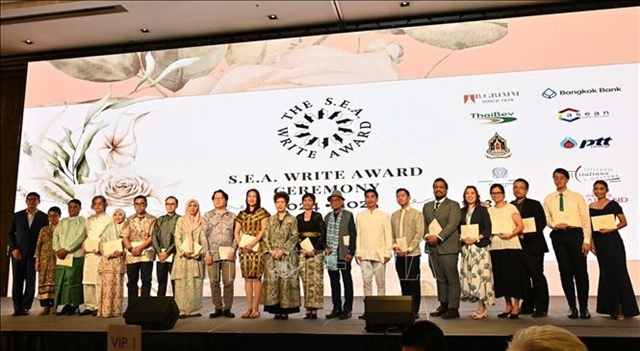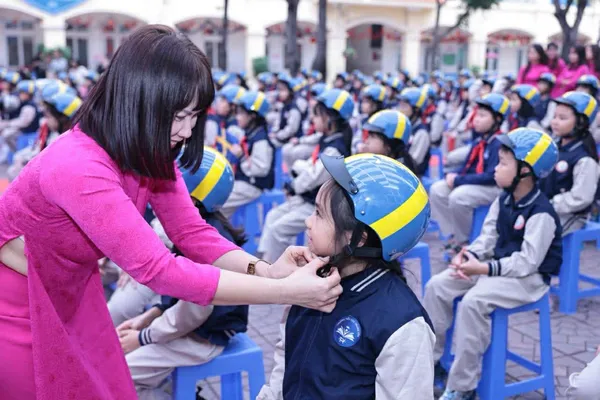 Society
Society
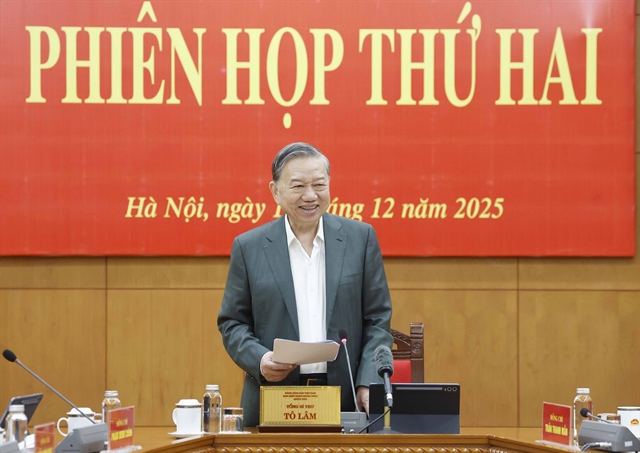
The floating Vung Viêng fishing village in Hạ Long Bay, northeastern Quảng Ninh Province usually hosts about 15,000 visitors each month. During peak periods the number of visitors soars to 21,000.
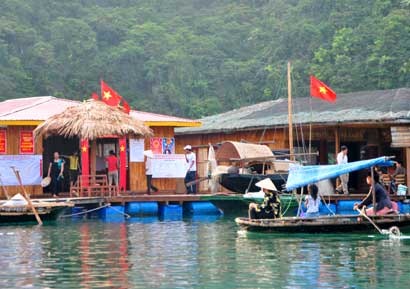 |
| Boats carry visitors to Vung Viêng floating fishing village in Quảng Ninh Province. The village is promoting responsible tourism with fish farms and tours friendly to environment. — Photo baoquangninh.com.vn |
QUẢNG NINH — The floating Vung Viêng fishing village in Hạ Long Bay, northeastern Quảng Ninh Province usually hosts about 15,000 visitors each month. During peak periods the number of visitors soars to 21,000.
On arrival in the village, visitors are welcomed to have meals with local residents, go fishing and sightseeing around the village.
They also have the chance to experience the daily lives of people and children living there. Many of them bring presents, like books, pens, clothes for children or tools for adults.
Visitors, seeking eco-tourism or responsible tourism experiences, are flocking to the fishing villages in ever greater numbers.
The village started as a shelter for boats traveling to Vụng Hà Islet in the centre of Hạ Long Bay. It takes about three hours by boat to travel from the shore to the floating village.
By 2014, the village was home to 260 people, living in 60 floating houses. That year, residents of Vung Viêng were relocated to land, but they still continue to raise and catch fish in the area.
Since the move, things have changed significantly for the villagers.
Instead of using live trash fish [small fish with little economic value] as feed, fish farms there now use industrial fish feed.
Tăng Văn Phiến, head of Vạn Chài Hạ Long Tourism Co-operative said that the use of trash fish could threaten the marine environment and production because the supply was unstable and its quality is easily degraded if the trash fish was not stored properly.
The trash fish can carry diseases that threaten other species, Phiến said.
He said that since April, 2016, fish farms in Vung Viêng floating village were given assistance to build floating houses and fish cages that are made of environmentally-friendly materials.
Phiến said that the assistance was part of the Hạ Long – Cát Bà Alliance Project, a three-year initiative funded by the United State Agency for International Development, which aims to build partnerships between Government, businesses and civil society. The aim is to catalyse action in order to improve environmental management and protect the natural integrity of the Ha Long Bay World Heritage Site, including the Cat Ba Archipelago.
Under the project, 32 floating houses would be used as a tourism product of Vung Viêng floating village. Until now, seven floating houses have been opened for visitors.
Nguyễn Văn Huân, a member of the Vạn Chài Co-operative said that he was happy to learn about environmentally-friendly fish farms.
Since April this year, his family has started growing fish in the new fish cages with industrial feed thanks to assistance from the Alliance Project.
Huân said that the first members developing environmentally-friendly fish farms would raise funds which offered preferential loans to other members of the co-operative.
Head of the co-operatives Phiến said that the co-operatives was established in 2008 with the aim of developing new tourism products in Hạ Long Bay, and help improve incomes for locals.
As many as 115 local residents were offered to work as boatmen for tours to Vung Viêng Village. Each earns on average VNĐ5-6 million monthly.
“As the number of visitors to the village increases, even up to 21,000 visitors in a month during peak time, the area’s environment faces a heavier burden, particularly the increased amount of waste,” Phiến said.
The co-operatives arranged for two people to collect garbage and the boatmen were also asked to help in cleaning up, he said.
Deputy director of Quảng Ninh Province’s Agriculture Department Nguyễn Văn Công said the model to develop eco-tourism in Hạ Long Bay had proved effective, particularly in improving local residents’ income and attracting tourists.
He said that those results proved the need for improved awareness about responsible tourism among Government, businesses, local residents and tourists. — VNS


